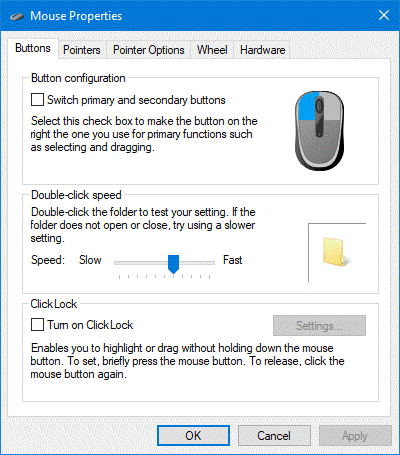A Common Issue with The Common Extensor Tendon

The common extensor tendon is located in the upper limb with attachment to the lateral epicondyle of the humerus at the elbow. From this tendon, five superficial muscles of the posterior forearm extensor compartment arise that collectively aid in forearm and hand pronation (palm down orientation) as well as hand and finger extension. These muscles are the extensor carpi radialis brevis, extensor carpi radialis longus, extensor digitorum, extensor digiti minimi, and extensor carpi ulnaris. They are recruited (along with their flexor antagonists) when turning a doorknob, working with handheld tools, and while using a keyboard and mouse. When these five muscles are continually subjected to repetitive stress and force exertion, an injury to the common extensor tendon can occur which is clinically termed lateral epicondylitis or in layman’s terms, tennis elbow. Over time, this condition or tendinopathy results in pain with impaired function in severe cases.
The good news is tendinopathy is typically transitory given preventative steps to reduce stress on the affected tendon. With respect to office ergonomics, injury to the common extensor tendon tends to be a common issue stemming largely from conventional mouse use along with a standard keyboard, especially when the latter is oriented on a positive slope with the kickstands down thereby increasing the typing angle. Here are some tips on avoiding tissue insult and injury to the common extensor tendon related to computer use.
- Position the mouse close to the side of the keyboard with minimal reach.
- Increase the mouse pointer motion speed to reduce force exertion. Refer to MEMIC’s previous post, Mouse Motion Is No Mickey Mouse Matter, for guidance on making this effective change for greater ease of use.
- Take a micro-stretch break every half hour.
-
Alternate mouse location from the favored side of the keyboard to the opposite side (though this takes some adaptation). Navigate into the Mouse Properties to switch primary and secondary buttons as shown in the image.

- Learn control key shortcuts for the software application.
- Replace the conventional mouse with a vertical mouse or one that’s designed to be used directly in front of the keyboard.
- Recess the keyboard kickstands to reduce the typing angle.
- Replace the standard keyboard with an ergonomic keyboard or a left-handed keyboard (numeric keypad situated to the left of the letter keys) if using the mouse with the right hand.
Also, check out these MEMIC posts to get a better grasp on using a mouse so as to avoid a repetitive strain injury to the common extensor tendon.
- Mousing with Non-Dominant Hand: Anti-Aging at Your Fingertips
- Three Tips for Using a Mouse
- Not All Mice Are Created Equal

